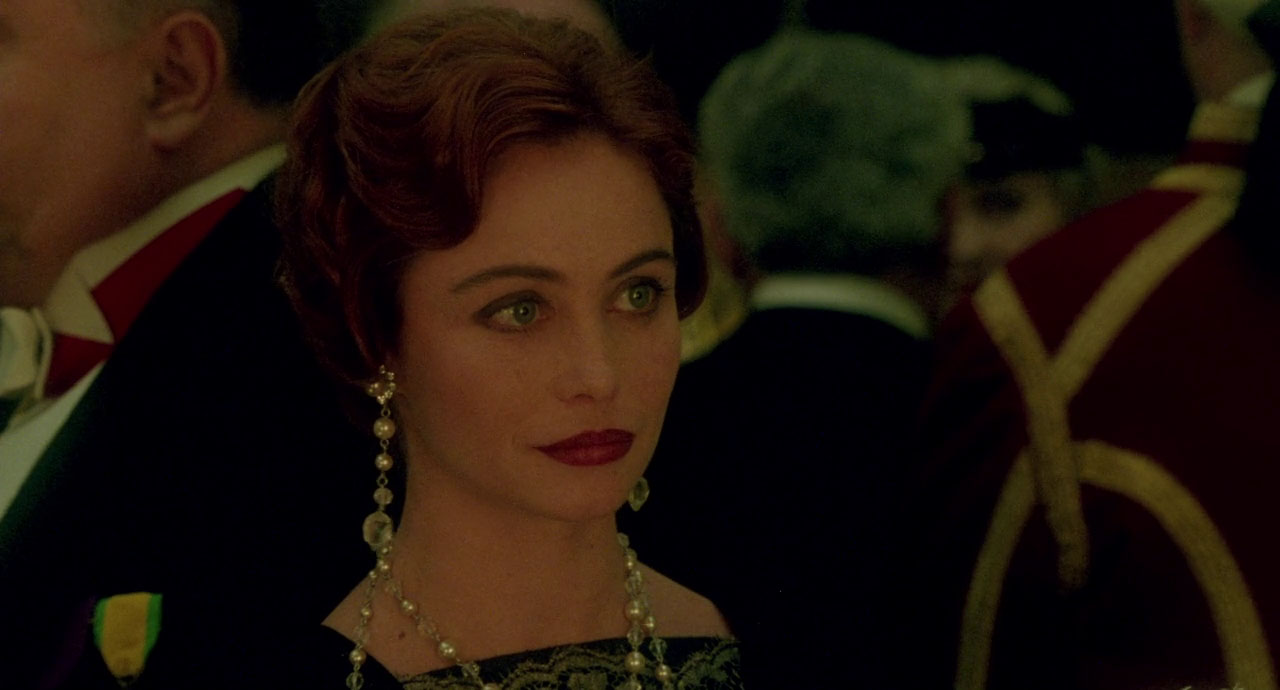Tried to watch a movie at the airport soon after a major thunderstorm caused cascading delays, and I fortunately/accidentally chose one that is broken into numbered chapters, so I could watch a segment every time I found a seat after changing gates and terminals and flights. It’s either a very silly movie that takes itself quite seriously, or a major work of art that doesn’t take itself seriously at all – given my jumbled first viewing, it’s hard to tell.
0. Josh Hartnett (!) drives a long way through the desert, watches someone pour sand into an ATM, reaches his mountain destination, unloads a writing desk from his SUV and starts writing.

I: Tauros – Vagabond John Malkovich is hit by a car while fleeing, post-apple-theft, then enters a secret brick portal to ride a crystal elevator to a cloud-height mansion over the city, met by butler Keir Dullea… so Malkovich is clearly Batman, and Dullea is an aged-up 2001 astronaut.
II: Leetso – Corporate toady on TV debating a local chief who aims to protect people from land poisoning… Angry Guy (Power Ranger Steven Skyler) watching this at the bar has a public tantrum then goes home to abuse his wife, returns to briefly confront Hartnett.

III: Flight – Josh in the chase car as his wife (Katy-show regular Jaime Ray Newman) rides a glider, then domestic scene where she leaves him over his writing quirks and childlessness. They are very rich even though he’s an ad agency copywriter. The work psychiatrist says he should shake up his routine, so he tries mountain climbing with pots and pans tied to his legs, then he walks backwards through the city until tripping over Hobo Malkovich.
IV: Loverock – Angry Guy climbs a sweet mountain and makes love to it.
V: Blueblood – Josh activates the Wyze doorbell retina scanner at the cloud mansion’s golden door and it shows him a montage of his life.

VI: Stonechild – Angry Guy wants his son back from Elder Whitehair Guy (Joseph Runningfox of Ravenous), but the son now weighs a ton.
VII: Museum of Poverty – Skyfall‘s Bérénice Marlohe wants her son(?) back, was hired to pretend to be Malk’s dead wife. Back in the desert, Josh receives divorce papers on his car fax machine so sets the car on fire. Angry Guy punches him for starting fires on protected land, the most honestly grounded thing that happens in the movie.
VIII: Sand Painting – Josh meets the fake wife at the mansion party, where Malk catapults a fancy car off a cliff, and meets his own wife in the desert.
IX: Masters of Fiction – Malk speaks with Josh about his super-rich sadnesses while the Fake Wife attempts escape but gets caged in the basement with the other party guests. BTW, Josh was writing ad copy for Malk’s uranium-based power company that is exploiting Angry Guy’s Navajo lands, so all these things are somewhat related. Or maybe Josh has heatstroke and is supposed to be writing all this stuff at his desert desk.

X: When Mountains Walk – Keir’s giant 2001 space baby rampages through a major city while Malk play-acts death with an ornate mummy routine. Real good songs in this movie – a country tune at the bar, something Nick Cave-ish whenever Josh drives around. Some alarming images. Peter Sobczynski: “The film may be nuts but it certainly isn’t boring.”
















